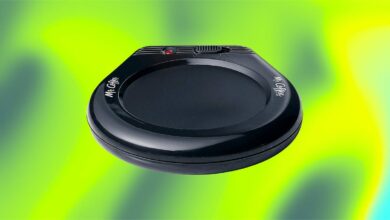Google Really Wants You to Start Training for That Marathon. Here’s Why
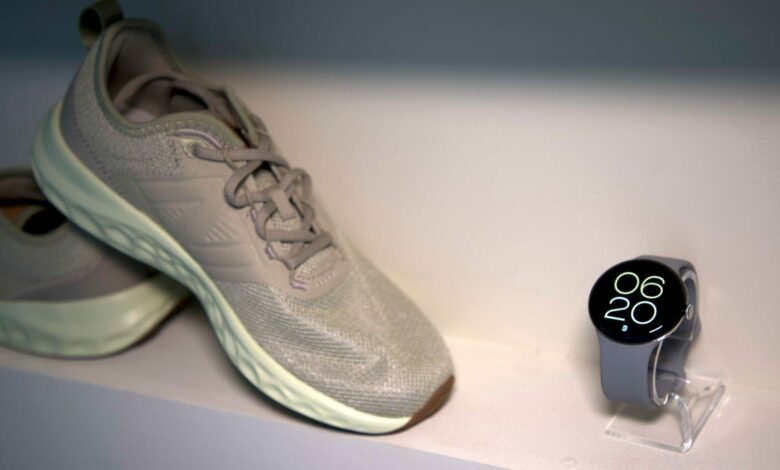

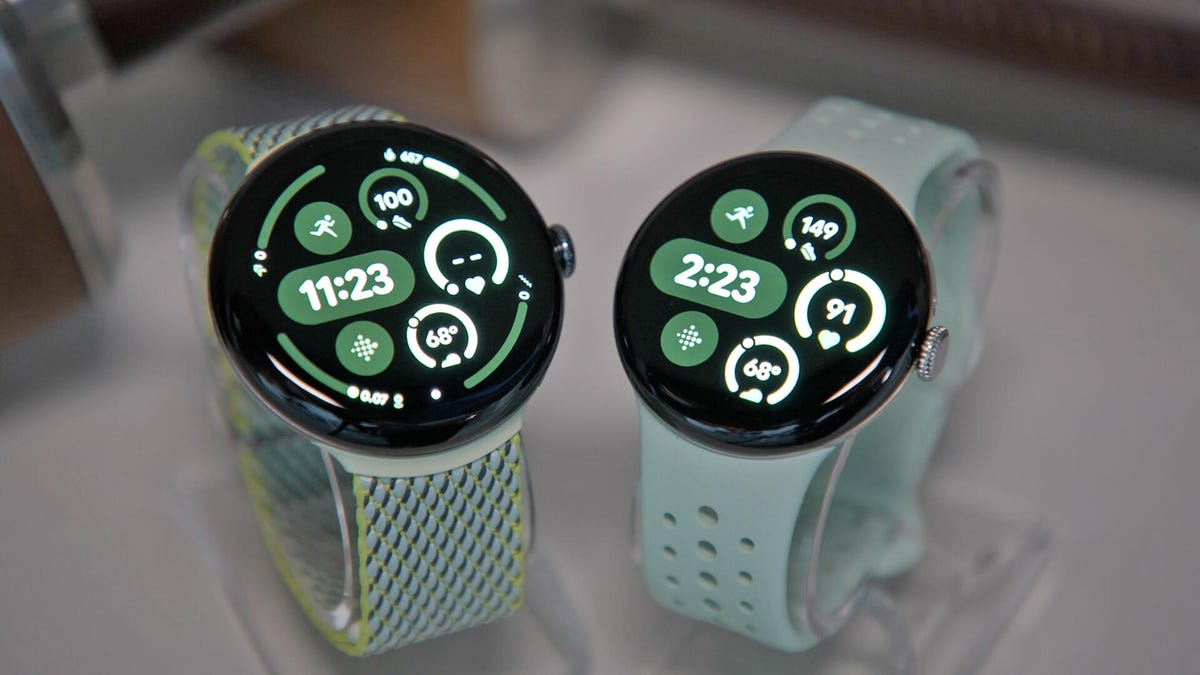
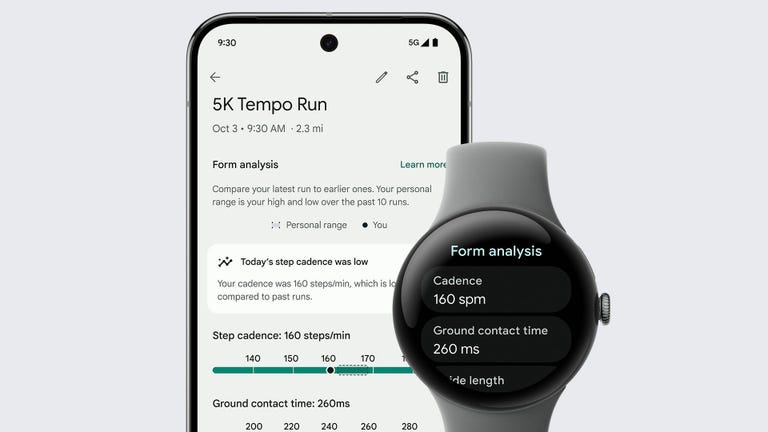
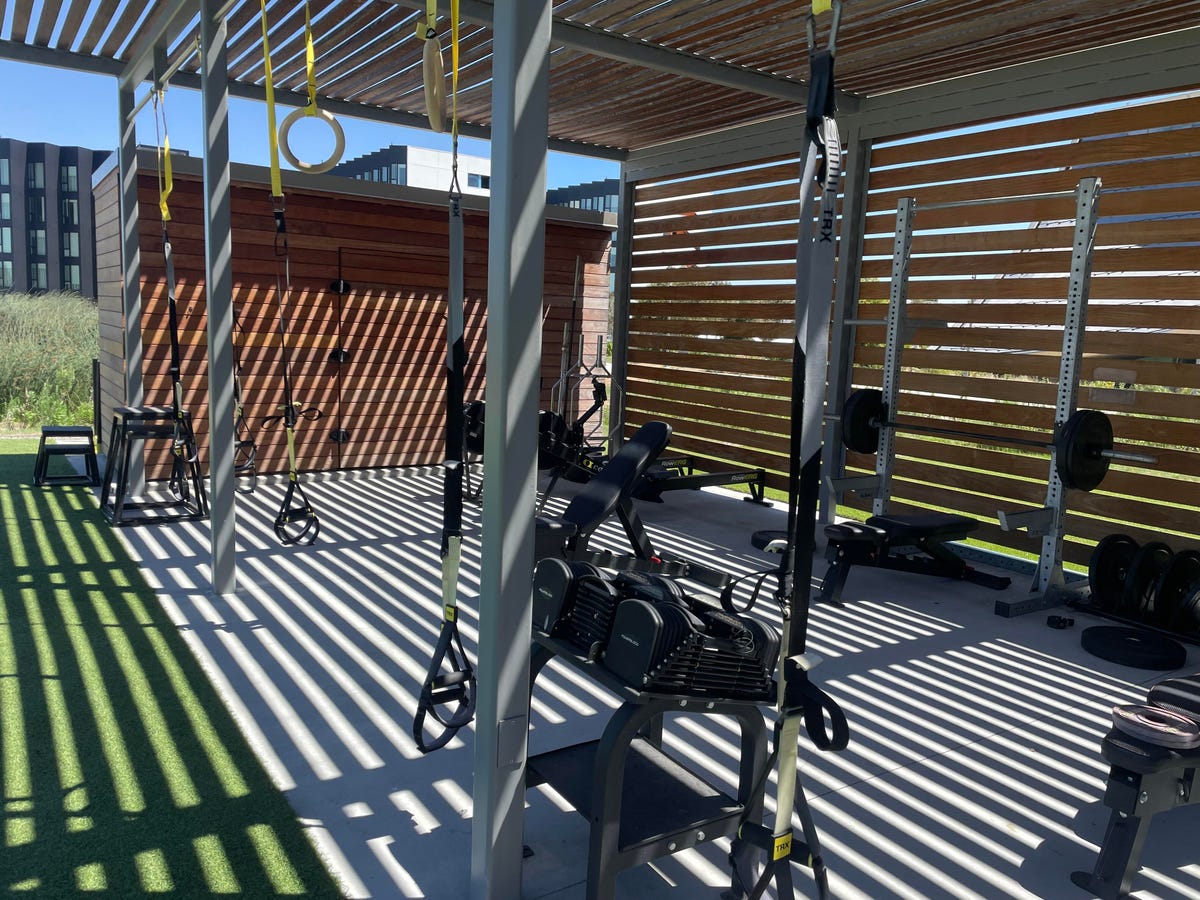
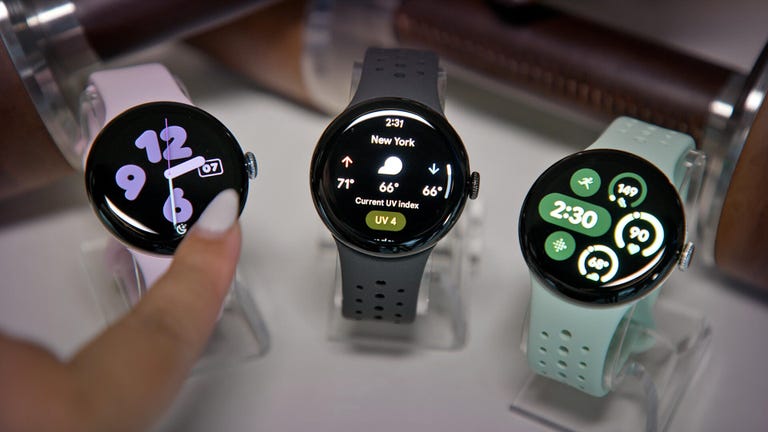
Google’s campus, located in the temperate, pastel-hued town of Mountain View, California, is a great place for a jog. It’s also where the tech giant unveiled new running features for the Pixel Watch 3 and Fitbit Premium, elevating fitness features to include race-day suggestions and insights.
Google takes running seriously. New workout features for the Pixel Watch 3 let you create your own runs, provide guidance along the way, and with Fitbit Premium, offer AI-boosted suggestions on how to do it. Maybe it’s to the credit of its headquarters in health conscious California, or the fact that running relies on the super-accurate heart rate and motion sensors that most health trackers are used to (which Google says it refined for the new Pixel Watch 3). But the tech company is banking squarely on running as the quintessential cardio exercise for smartwatches and fitness trackers.

A path just off Google’s Bayview campus in Mountain View, California. The juxtaposition of health and minimalism and big, flashy technology is one that continues to grow.
While Google’s latest fitness features may help it win the hearts of runners, other smartwatch makers, including Apple, Samsung and Garmin, are also aiming their health and fitness features at serious runners. Why is that?
“Running lends itself well to the most basic metrics that smartwatches can provide: how far did I run and how long did it take me?” Ken Kozloff, co-director of the University of Michigan Human Performance and Sport Science Center, said in an email. Kozloff also studies skeletal injuries and the use of wearables in sports and daily life, and has received funding from Apple and Samsung to evaluate their smartwatch capabilities.
While not everyone enjoys running, it requires minimal equipment (other than shoes and a smartwatch, if you want one) and people of all abilities and ages can do it, Kozloff explained. And because smartwatches and fitness trackers are increasingly providing insights, particularly through heart rate sensors, people can set more fitness goals.
Whether or not you’re into running as your go-to physical activity, when you’re wearing a Pixel Watch, it’s always ready. Here’s the latest in wearables, and Google’s cardio-focused additions to the Pixel Watch 3 and Fitbit.

The Pixel Watch 3 comes in two different sizes: 41mm and 45mm.
Pixel Watch 3 and Fitbit Premium get more extensive fitness features
Along with a new feature for the Pixel Watch 3 that can detect a lowered heart rate, running was at the center of Google’s health and fitness announcements at Tuesday’s Made by Google event.
With the Pixel Watch 3, you can plan and schedule your runs in detail, including warmups, target pace, timing, cooldowns, and more in the Fitbit app. You’ll get haptic and audio cues during your run, so you’ll know when to switch to the next split or if you’re above your target heart rate.

The Pixel Watch 3 also tracks your form using motion detection and machine learning, giving you details on things like cadence (the number of steps you take), stride length and vertical oscillation (how much resilience you have, or how low you stay to the ground).
All of this is visible on the running dashboard in the Fibit app, where you can see your PRs and pull graphs to compare different elements of your runs. Those who Fitbit Premium also gets access to AI-powered running advice and some Peloton classes. (Fitbit Premium costs $10 a month or $80 a year, but you get six months free when you buy a Pixel Watch 3.)
Google’s fitness features also take a more holistic approach with Morning Brief, which pulls in metrics like Readiness and Cardio Load, and also lets you know if any of your health metrics, like heart rate variability, are outside your normal range. Similar to Apple’s new Vitals app, it’s designed to give you a little taste of how prepared your body is for that day — or that run.

Google is keeping fit with an outdoor gym off-campus in Mountain View.
Can Google’s new running statistics help beginners too?
Google says it’s focusing on the most popular cardio exercise for this round of Pixel Watch and Fitbit app upgrades because it’s the most popular cardio exercise and it works particularly well with heart rate monitoring. A new algorithm on the Pixel Watch 3, the company says, has improved this.
As someone who enjoys running and does it regularly, but has not Since I was interested in learning specific things like how fast I’m actually moving since I last trained for a race in high school, I’m curious to see how wearables are serving the “just to clear my head” versus “just to get my heart rate up or cardio in” populations. The answer to that question may depend on the runner themselves, how much technology and analytics they want to incorporate into their training, and whether that analytics makes them feel discouraged or energized. But since timers or watches have always been an accessory for runners — I was forced to buy one by my track and cross-country coach — perhaps tech companies are setting the bar high.
What do future health and fitness features on wearables look like?
As sports and fitness features improve on wearables, so too can health features that serve broader health interests. Kozloff, the sports scientist and wearable researcher, said he’s most excited about the development of new sensors in smartwatches, particularly sensors that can monitor blood lactate and glucose in real time, which are currently uncharted territory on consumer wearables.
He also thinks wearables could potentially track specific physiological metrics related to muscle damage, bone health and more. This wouldn’t just be for athletes, but will help others “monitor changes to help people achieve their own health and wellness goals.”
In the meantime, improved fitness features could ensure smartwatches remain the ultimate accessory for sports that don’t require a smartwatch.

Check this out: Pixel Watch 3: Two sizes, more running features




